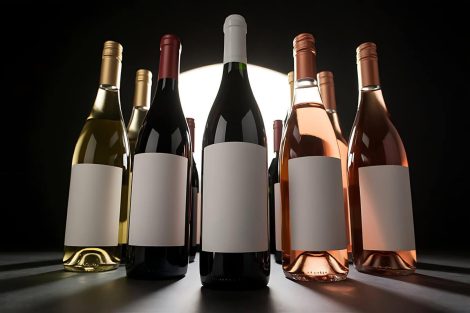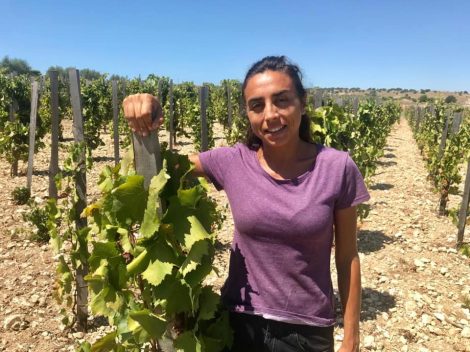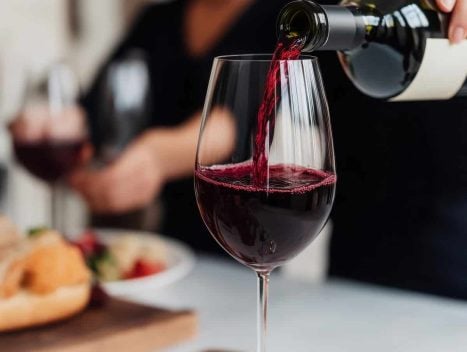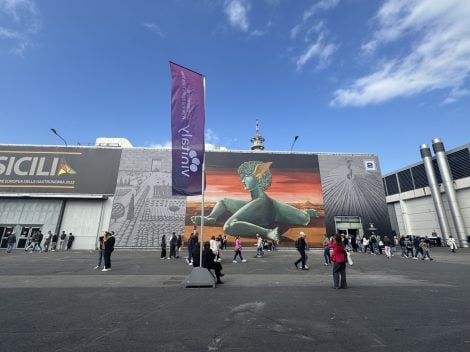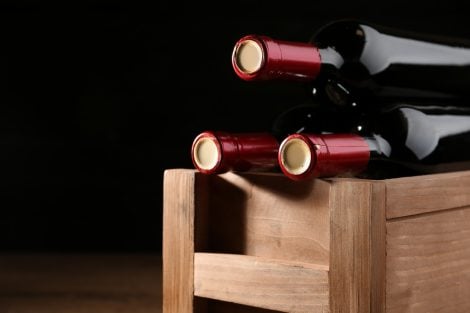The latest edition of Vini d’Italia provides the perfect pretext for this exploration, marking the first time a Lambrusco Grasparossa has been awarded the prestigious Tre Bicchieri. Described as having a "broad aromatic profile, featuring prominent forest fruits like currant and blueberry, hints of white pepper and mint," it is rich on the palate "with lively carbonation, balanced body, and an elegant finish." This accolade goes to the Grasparossa Castelvetro Vini del Re '22 from the Cantina Sociale Settecani, a significant achievement for the region and a recognition for the dedicated producers who lovingly and consciously cultivate this traditional Modenese "dark" lambrusco. Grasparossa fills both the glass and the countryside with its foam and color, its red hues painting the autumn landscapes and lips; the glass releases aromas of blueberries and wild strawberries, with a full, delightful, sparkling red sip.
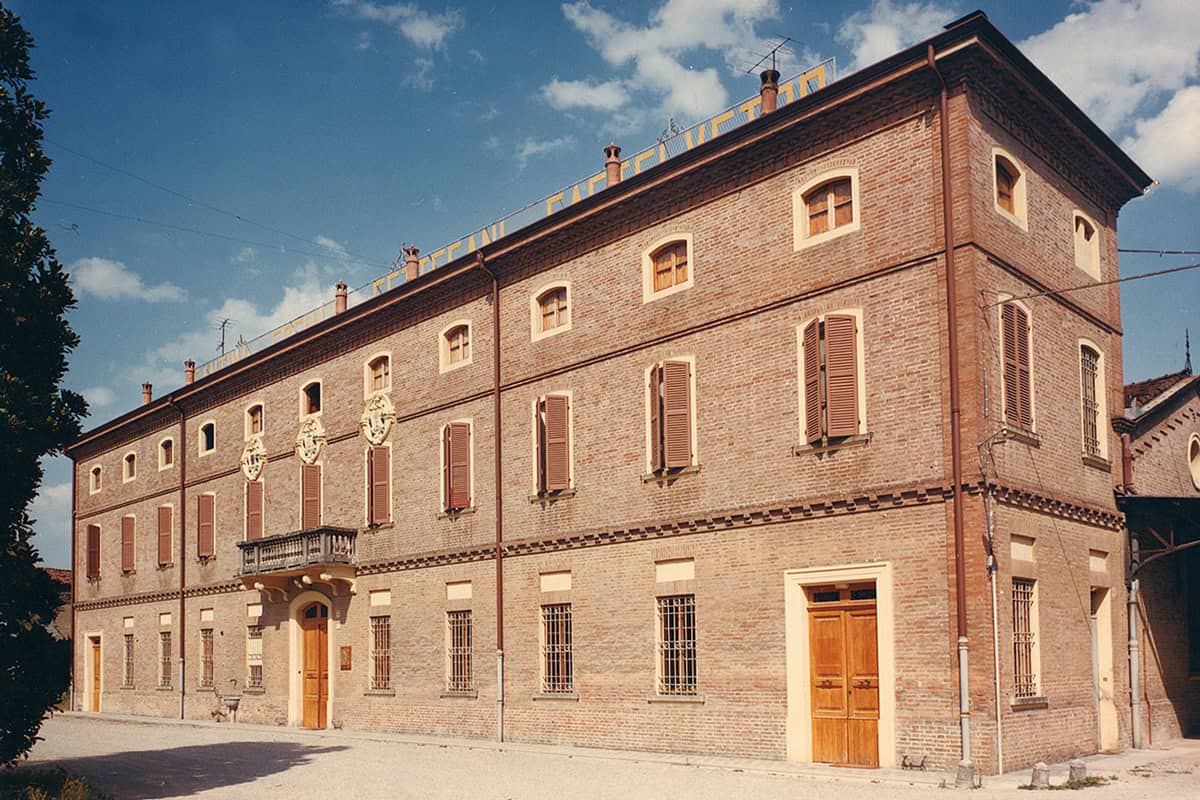
The Settecani Winery. Opening photo: the vineyards of the members of the Cantina Sociale di Castelvetro di Modena.
Lambrusco in a changing world
"Over time, the mindset of the winemakers has changed," says Paolo Martinelli, president of Settecani, "also driven by this winery, established in the eponymous district of Castelvetro a hundred years ago." Today, there are 120 member winegrowers, "who have grown in valuing the vineyard," also focusing on sustainability, "because if you don't have a good vineyard, you don't have a winery, you don't have wine. We aim for quality, knowing that in terms of yield, we are not competitive with the plains." Martinelli speaks from the experience of cultivating 400 hectares of vineyards up to 450 meters above sea level, with varied plots and exposures, "ranging from badlands to gentler hills, resulting in different soils and microclimates," as noted by oenologist Andrea Graziosi. Hence the product differentiation with Grasparossa as the common thread: "It has thick skin, rich in polyphenols; on the vine, it is hardy and late-maturing," qualities that need to be well-managed in the winery to "tame significant tannins, paying attention to maceration." This results in a gastronomic wine, perfect for accompanying Emilian dishes from gnocco fritto (try it at this Modena restaurant) to cured meats, from boiled meats to ragù, historically made in both dry and sweet versions, but originally as it came, with fermentations interrupted by winter and reactivated in spring in a rather empirical manner.
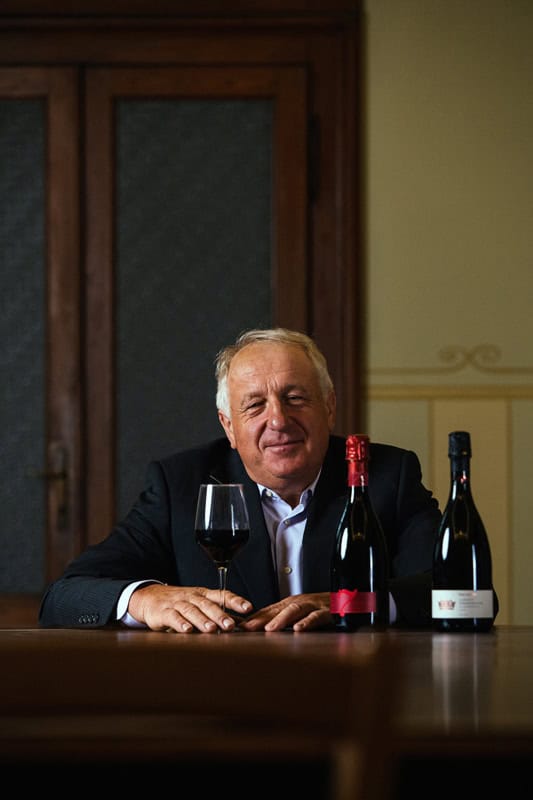
Paolo Martinelli, president of cantina sociale Settecani
The Vini del Re line from Cantina Settecani was created to enhance the best and most delicious grapes, such as the "Graspa" from high-altitude plots, "a fresh and fruity wine, excellent from aperitif to full meal," catering to the tastes of both local and international consumers, with "growing tourism in the area" beyond the Ferrari and Parmigiano tours. From a vineyard near the enchanting Sanctuary of the Blessed Virgin in Puianello (a destination worth the journey), Settimocielo is born, Settecani's first Metodo Classico from old Grasparossa clones, "with gentle pressing and 24 months on the lees" to preserve freshness and color, acidity, "almost a third way between lambrusco and sparkling wine."
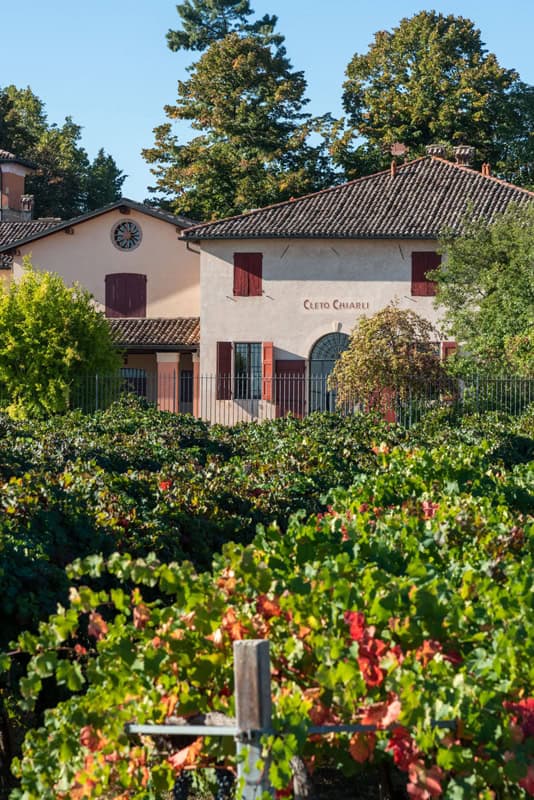
Tenute Agricole Cleto Chiarli's winery in Castelvetro
Castelvetro, the heart of the denomination
Castelvetro is the heart of the denomination and our journey, leading us to Tenute Agricole Cleto Chiarli, founded in 2001 by brothers Anselmo and Mauro (alongside the powerful Chiarli 1860) with "the desire to return to a smaller scale and protect old clones selected in the field." They also aimed to reacquire a winery in Castelvetro, regaining control over vinification and bottling where only magnificent estates remained. The young Tommaso Chiarli, at the forefront of the company's management, outlines the family's Grasparossa course, "cultivating it since 1898, always in the foothills. Among the lambrusco varietals, it is the one that has best adapted to both pre-Apennine altitudes and the plain, offering a wide range of interpretations."
The advent of autoclaves in the 1950s marked a turning point for the company, with Grasparossa remaining "the dark one" for the Modenese, and starting to be sold abroad, eventually leading to the "amabile" product with high residual sugar balancing vinosity, body, and roughness. "So appreciated that fashion led to excesses and distortions," during those dramatic years when lambrusco risked losing its identity due to quantity and low prices. "When we emerged, the focus had entirely shifted to dry wines, leaving the amabile as the bad one." Not so for Cleto Chiarli, which proudly offers the Centenario Amabile, "sweet and fruity on the entry, dry on the finish," versatile with pairings "with flavorful cheeses, duck breast, or pizza, to temper the tomato's acidity, with certain spicy and hot exotic cuisine." Alongside it is the dry Vigna Cialdini, an elegant and fragrant icon, "from a 25-year-old vineyard on which we have concentrated all our research, aiming for a high-quality dark lambrusco that dispels the fog surrounding the type."
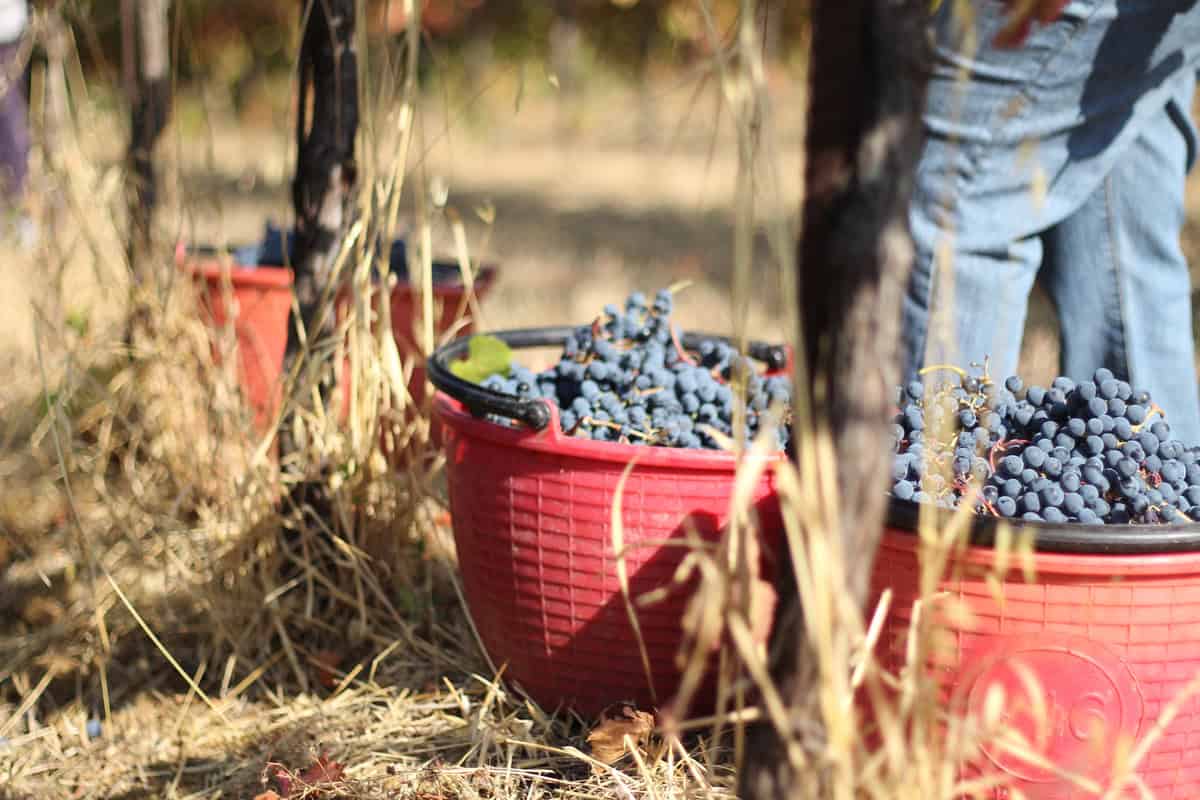
Harvesting among the rows of Fattoria Moretto
Grasparossa: the Montebarello subzone
Also based near Castelvetro is Fattoria Moretto, managed by Fausto and Fabio Altariva (now joined by his son Alessio, the fourth generation at work) and founded by grandfather Antonio in the early 1960s, having moved here from Pavullo. We are on the most renowned and charming hills of Montebarello, "for which the recognition of a subzone of the denomination is imminent," certifying the difference from plain productions. In 1991, they made the quality leap, aiming for top-notch bottling and consolidating well-exposed and ventilated Grasparossa plots, "for the only red-berry variety we cultivate." The Canova vineyard is an open-air museum "with over 50-year-old vines," producing the eponymous cru, with aromas of red fruits and geranium, a dry, savory sip, while the Monovitigno comes from "more compact clay on land towards Levizzano, 280 meters altitude, with soft tannins and a more classic drinkability." The residual sugar is always low, the method and vinification from must are the same, "highlighting differences in soil and exposure": almost an encyclopedia of "Graspa" from the hills for highly seasonal wines, reflecting the harvest, with "ripe tannins and minimal sulfur addition." The more playful note comes from Sbiadì, a "quasi-rosé from gentle pressing and zero maceration, 4 months on the lees without any filtration," competing with certain Sorbaras that young people love during aperitif time.
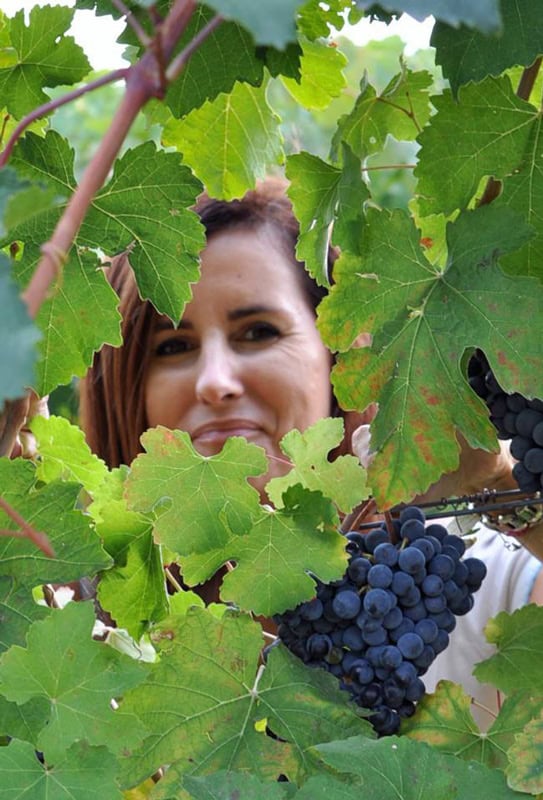
A portrait of Maria Livia Manicardi
South of the Via Emilia
Not far away is the place Enzo Manicardi chose in the early 1980s "to produce a Lambrusco his wife Ginevra, called Veva, would like," recalls his daughter Maria Livia, "a very beautiful woman with a fine palate – a lover of that pink Lambrusco that over time became the Metodo Classico Fabula, with a balance of Pignoletto grapes. But Grasparossa remains the main variety of wines produced by Azienda Agricola Manicardi, on this sunny hill that initially was "a weekend destination for us living in Modena. There was nothing here except the barn and the farmer's house, which became the first winery." Enzo also brought his barrels for balsamic vinegar, and the production has since expanded and consolidated, maintaining a link with tradition while looking to the present. "After Sorbara's revival, we realized that Grasparossa could also reclaim its rightful place," recalls oenologist Valerio Macchioni, "diversifying productions and elevating its specificities. South of the Via Emilia, where this variety is cultivated, the area is more heterogeneous, as is the quality of soils and achievable results." Here on the hills, you can't go wrong, "historically offering a rough and full-bodied Grasparossa, with macerations of 5/6 days in contact with the skins, extracting aromas as well as alcohol and tannins." Produced in both dry and amabile versions, the standout is Ca' del Fiore, "from a single vineyard with a recognized toponym," intense and full-bodied, savory, reflecting the territory and company philosophy.
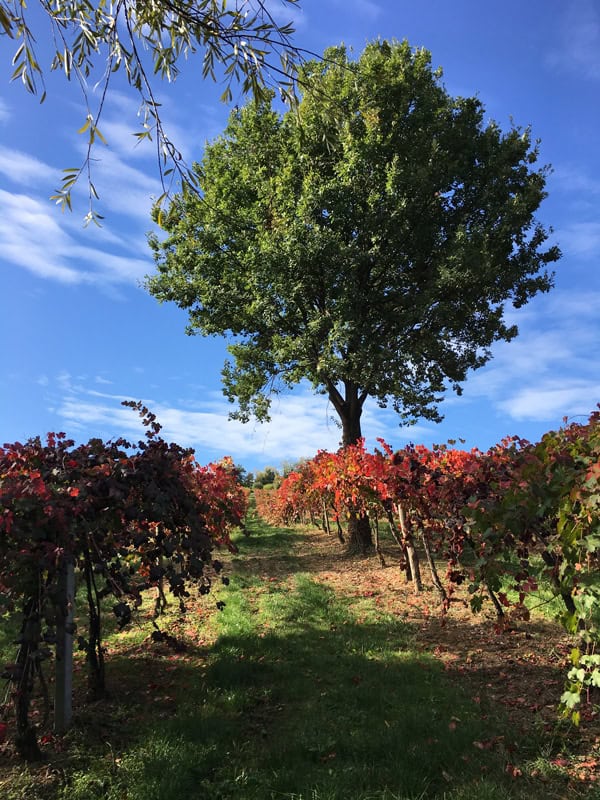
An image from the vineyard of the Villa di Corlo estate
Towards Maranello
Heading towards Maranello, where north means returning to the plains, we find Azienda Agricola Pezzuoli, winemakers since 1932, where Alberto Pezzuoli passionately produces Lambrusco Grasparossa from his vineyards, including an organic line. Vini d’Italia particularly appreciated the Etichetta Nera '22, with raspberry and rose notes on the nose, rich carbonation, and enticing acidity on the palate.
Antonia Munari operates in Baggiovara, leading Villa di Corlo since 1998, a place with immense charm due to the ancient vinegar lofts in the attics of the 17th-century villa where traditional Modena balsamic vinegar is produced. "But from the start, we invested in quality Grasparossa," with a brief initial fermentation and then the "cold technique" to preserve aromas, fruit, and fragrance, reactivated in the autoclave stage. Their Corleto is born in the vineyards adjacent to the estate and then becomes the product of a single vineyard in San Venanzio, 200 meters above sea level near Maranello, with a perfect balance of sugars and acidity, "essential for the joy of Lambrusco." This year, they added production from a newly acquired hillside plot in the already praised Montebarello subzone: excellent exposure and the providential presence of a lake, with the musts telling a promising first harvest. Antonia confirms that Grasparossa "produces generous and healthy grapes, with thick skins and splendid color, significant tannins, requiring attention in the winery where it tends to anomalous fermentations and a bitter aftertaste." These peculiarities and methods allow for "minimal sulfur addition, a particular focus of mine."
Drinking less but drinking well and consciously, knowing what you have in your glass: "I love good wines, I don't want to waste my health on those I only like moderately," smiles Antonia Munari. And this philosophy can extend well beyond the borders of Castelvetro, where "Graspa" is finally having its resurgence.

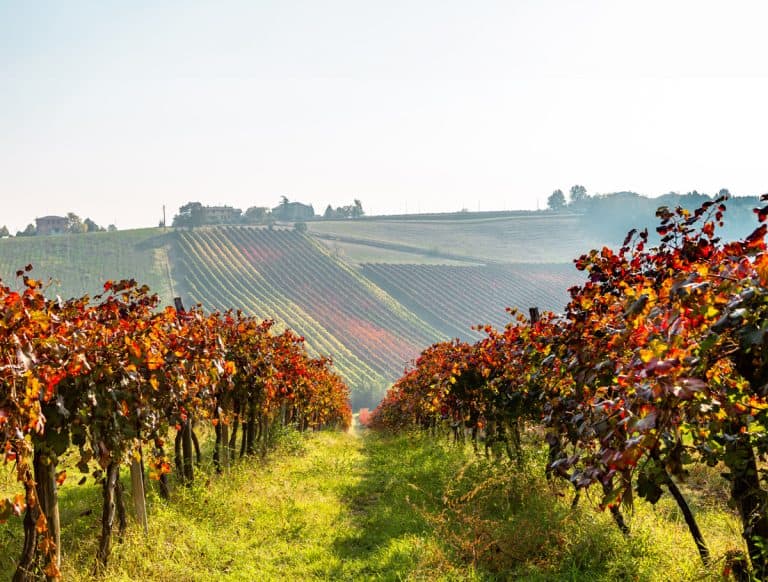
 Fewer bottles, more by-the-glass: how to build the wine list of the future
Fewer bottles, more by-the-glass: how to build the wine list of the future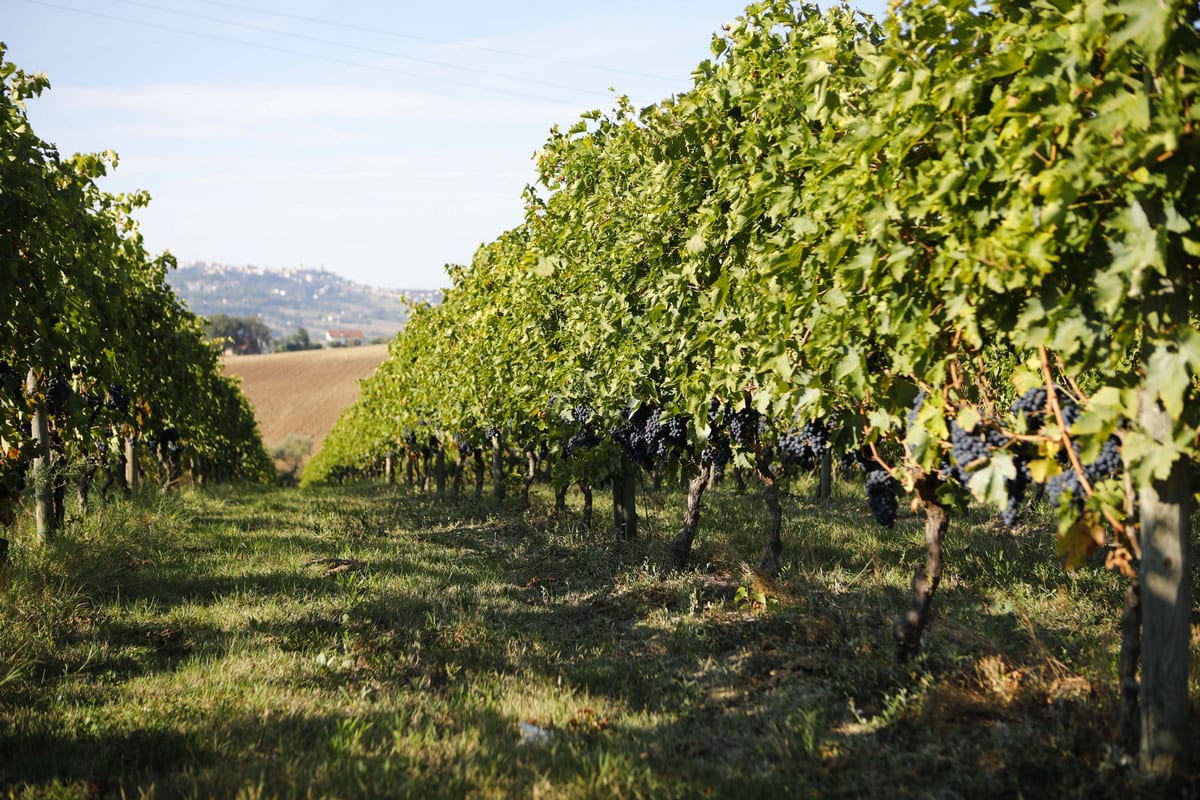 The Moncaro collapse impacts Marche wines. But average price rises
The Moncaro collapse impacts Marche wines. But average price rises Trump’s first trade war cost Americans $27 billion. USDA analysis
Trump’s first trade war cost Americans $27 billion. USDA analysis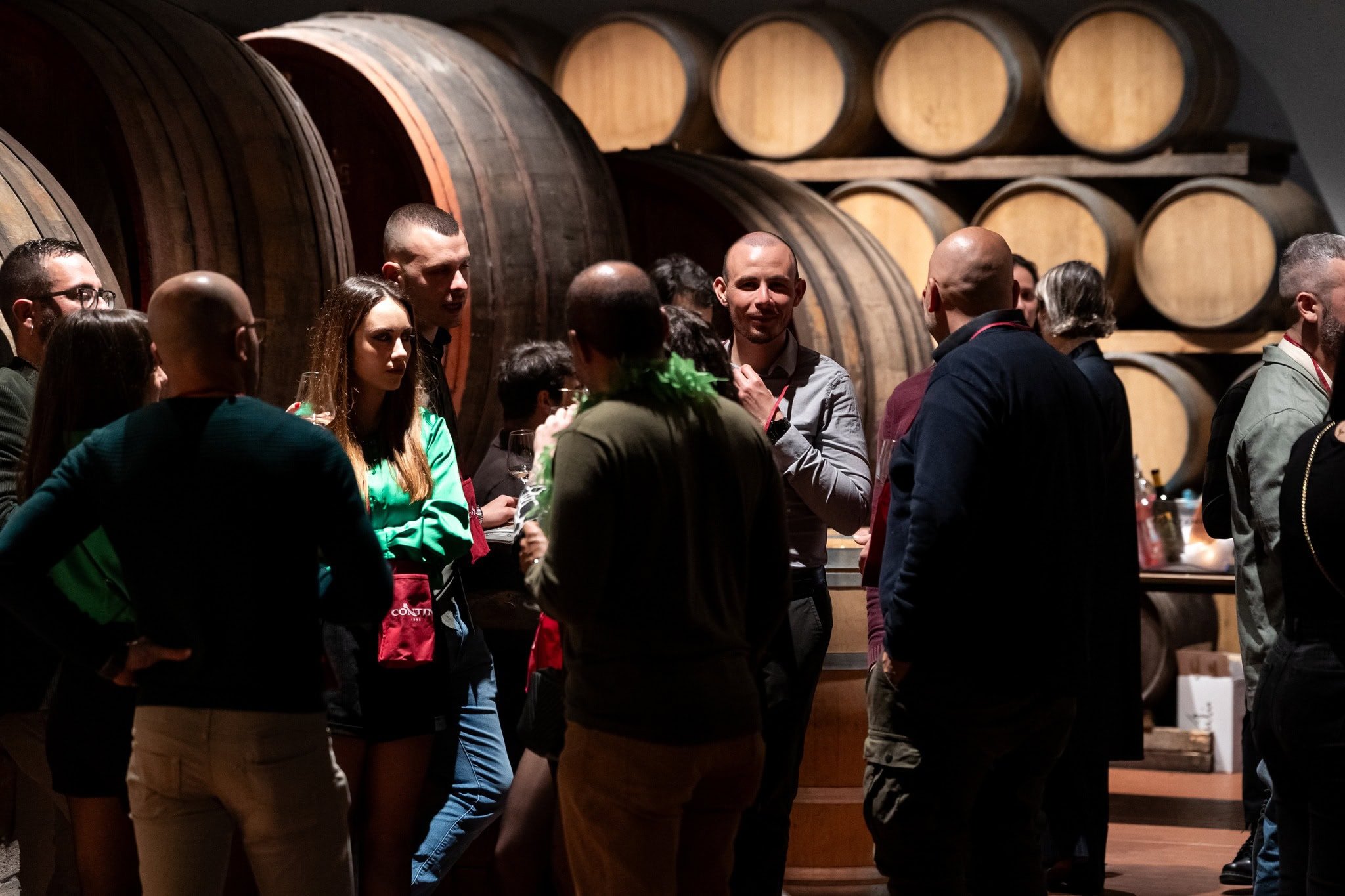 Here are ten Rare Wines you absolutely must try
Here are ten Rare Wines you absolutely must try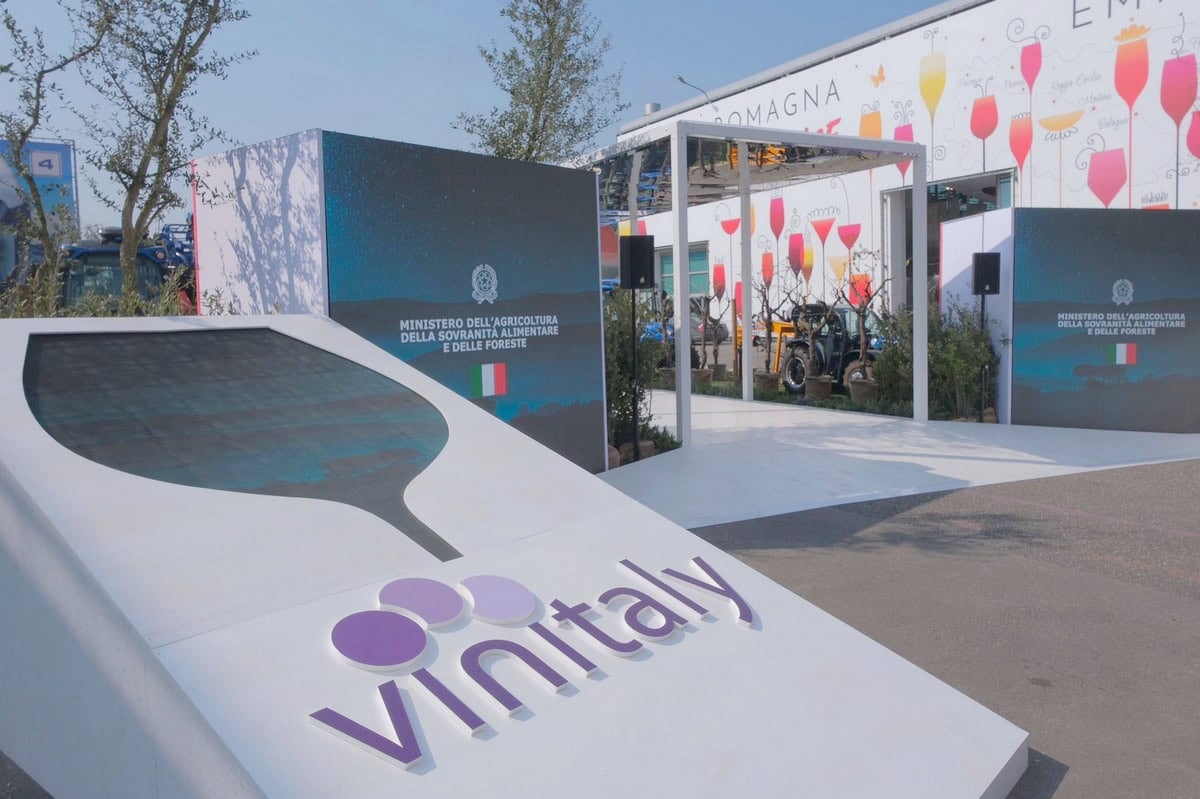 The “Tariff Vinitaly” closes with 97,000 attendees: one third from abroad. See you on 12 April 2026
The “Tariff Vinitaly” closes with 97,000 attendees: one third from abroad. See you on 12 April 2026
